Despite the endurance and unpretentiousness of care, the vine needs shelter in the cold season, otherwise it may die under the influence of severe frosts or survive, but give a very weak crop. There are several reliable ways of hiding grapes for the winter, the choice of which directly depends on the climatic conditions used for growing the area.
Content
Shelter Concepts
It is believed that you can easily do without shelter of grapes for the winter at middle lane due to its temperate climate, although this is a serious fallacy. The vine should be covered not only in the most remote regions, but also in the Moscow Region, Volga Region, Ural and another area with cold, long winters and rather hot summers, it’s another matter that the timing of the shelter will directly depend on the area.
Dates of the procedure
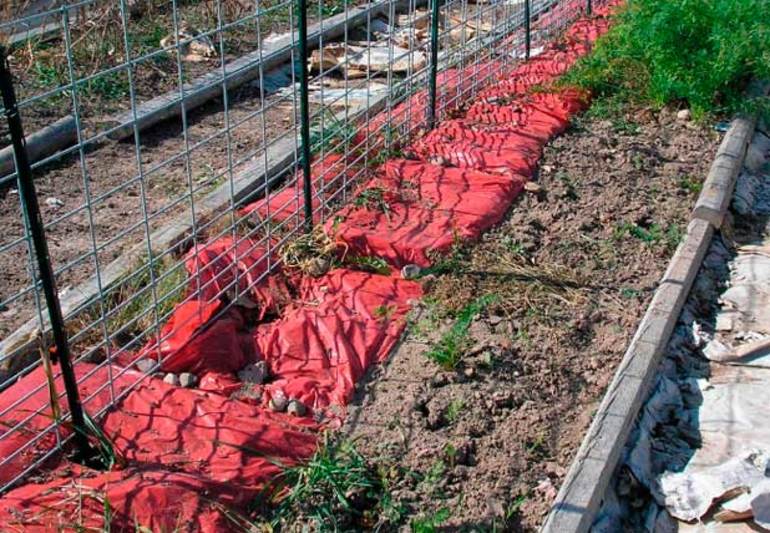
Annual seedlings are the most susceptible to the negative effects of frost, which must be wrapped since mid-late autumn. The young vine is so vulnerable that it is necessary to take care of its additional shelter in the cold season, especially if the winter has fallen snowy and frosty, otherwise there is a high probability of death of its new shoots and, as a result, a complete absence of fruiting.
When thinking about how to properly cover the grapes for the winter, you should first take into account its location. Answering the question of when to cover the grapes for the winter in the Volga region, experts recommend starting the procedure in the middle of autumn, drawing the attention of beginning gardeners and gardeners to its mandatory nature. The same recommendations should be followed by residents of regions such as the Far East and Siberia, where the cultivation of home grapes is the most difficult and problematic.
Wrap the vine in the fall and in the suburbs, as well as in neighboring Belarus. But completely different recommendations are given by experienced specialists about when to cover grapes for the winter in Ukraine and the southern regions of Russia (in the Kuban, in the Krasnodar Territory, etc.). In these areas, you can generally abandon the shelter in favor of hilling, and regardless of what kind of wine berries in question.
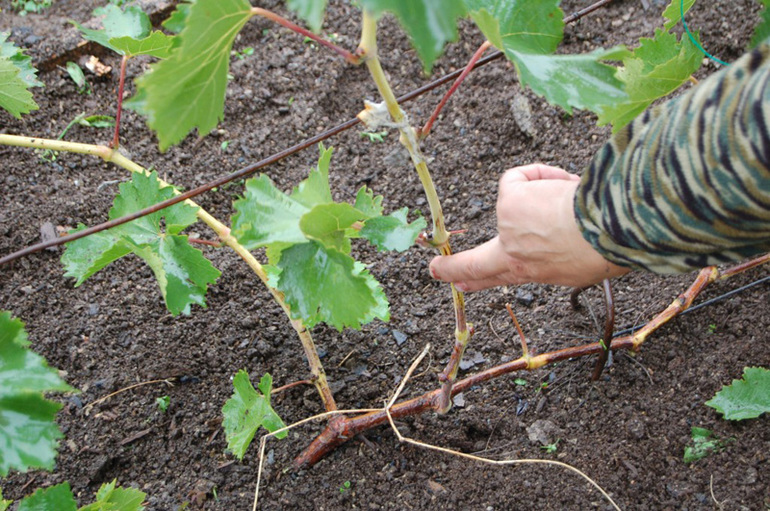
If the plot with vineyards is located to the north (for example, in Voronezh, Saratov, Samara), then one should take into account not only local climatic features, but also the main characteristics of cultivated varieties. First of all, we are talking about such an important indicator as frost resistance, which can be divided into four types:
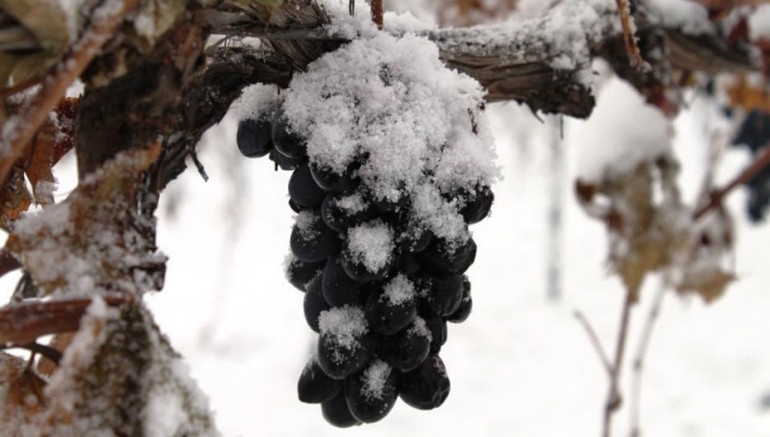
- High. She is characterized by the tolerance of critically low temperatures, ranging from 25 to 28 degrees Celsius below zero.
- Elevated. There is less tolerance of temperatures from -23 to -27 ° C, which allows you to save up to a thaw of no more than 80% of all living kidneys.
- Medium. This species is characterized by even lower tolerance to low temperatures ranging from -18 to -21 ° C. Typically, the vine of such varieties retains up to 40-60% of live buds by spring.
- Low with a maximum permissible wintering temperature of 13 to 17 degrees below zero. Varieties are recommended for cultivation in the most favorable climatic regions with mild winters and early spring.
As for the timing of the shelter, they depend not only on the climatic characteristics of the region and the characteristics of the selected grape variety, but also on the air temperature, because there is no point in waiting for the end of autumn if frost starts in its middle. There are several unspoken rules for shelter with orientation to temperature conditions and weather conditions:
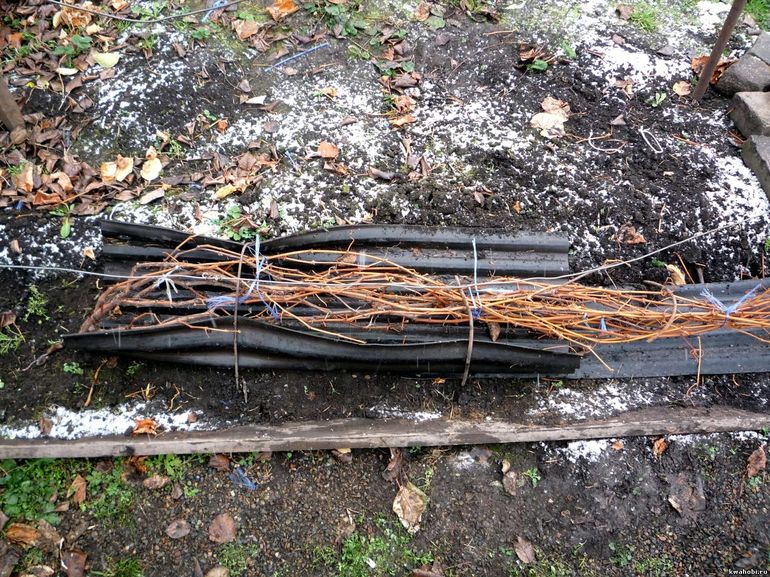
- Do not cover the vine until the first steady frost, as a small minus (up to -5 ° C) will only harden the plant and make its stem and root system more resilient and stress-resistant when severe colds occur (especially true for regions with severe winters and heavy fallout precipitation).
- It is necessary to prepare the defense in advance so that it can be applied already at the end of October, if necessary.
- Whole vines without visible damage and cracking on the bark carry cold much easier than sick and injured plants, so you can cover them a little later than others.
- The critical temperature for vineyards is considered to be -12 ° C, so it is better not to wait until the column of the thermometer drops to this point in order to wrap the vine at the last moment.
- The old vine has higher frost resistance than the young, so the latter needs reliable shelter for the winter.
- The larger the crop, the weaker the plant becomes, which instantly affects its ability to tolerate cold. That is why abundant fruiting vines wrap up earlier and stronger.
Preparatory process
Much depends on how correctly the grapes are prepared for wintering, because if you do not take this matter seriously, then not only individual shoots, but the whole vine can die. Usually, vine preparation and covering material carried out in several stages, which include:
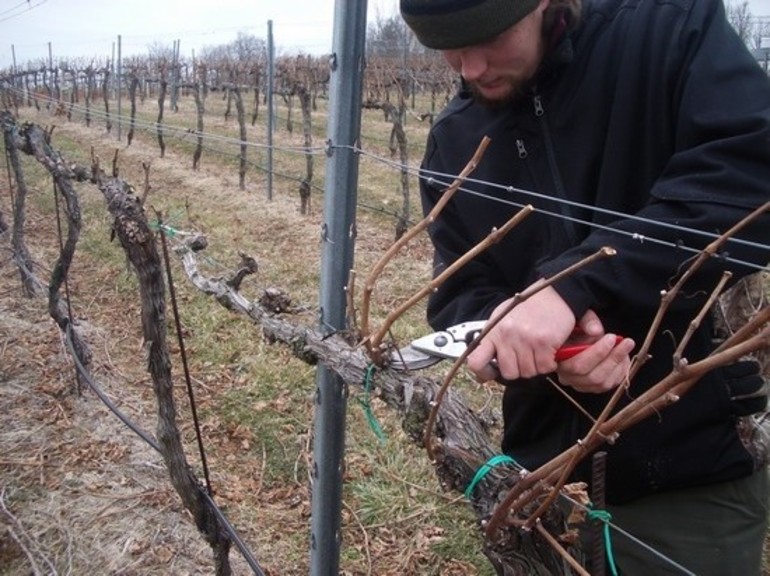
- Removing vines from wire mesh or any other support used in the spring and summer.
- Pruning shoots.
- Removing old foliage and cleaning all waste.
- Processing the entire shrub with copper sulfate in a certain concentration or any other disinfectant.
- Abundant watering to be final this year.
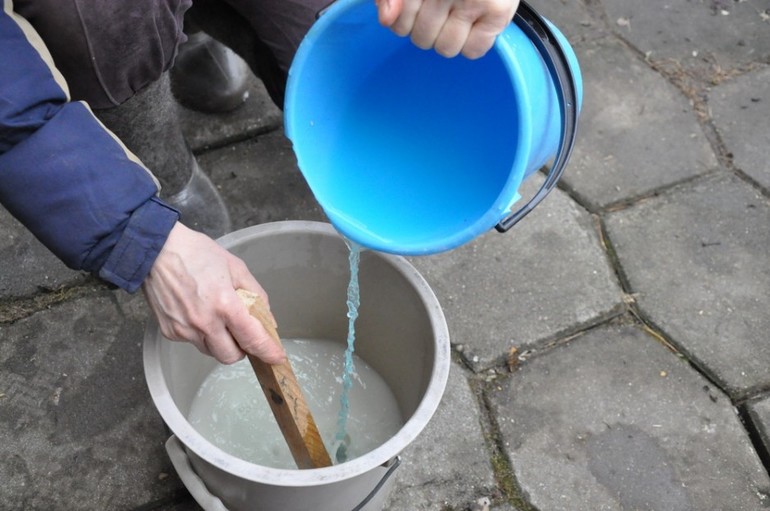
Ideal is a month-long simple vineyard in an uncovered form after the natural decay of the foliage and the first frosts. If the temperature regime does not have this, then the foliage has to be cut independently, as soon as possible by carrying out the wrapping procedure. As for the film or any other material that will be used for covering, it must undergo a complete cleaning and treatment with antifungal drugs.
If dry foliage will be used for sheltering, then dried bundles of herbs with powerful natural insecticidal properties that impede the development of mycotic processes can be added to it. It is allowed to use special poisonous antiparasitic baits provided that the substances contained in them do not harm the plant.
Types of winter protection
There are several sheltering techniques, the choice of which in the vast majority of cases depends on the terrain. It is one thing if it is necessary to shelter grapes for the winter in the Volga region, and it is completely different to act when you need to take care of the warmest wintering of the bush in the cold Siberian land.
In warm regions, the most often practiced is the hilling and semi-sheltering of vineyards, while in the cold regions with severe lingering winters it is customary to completely cover the plants using various improvised means.But before you start laying, you should familiarize yourself with the features of all these methods in more detail, with which you can close the vine for the winter:
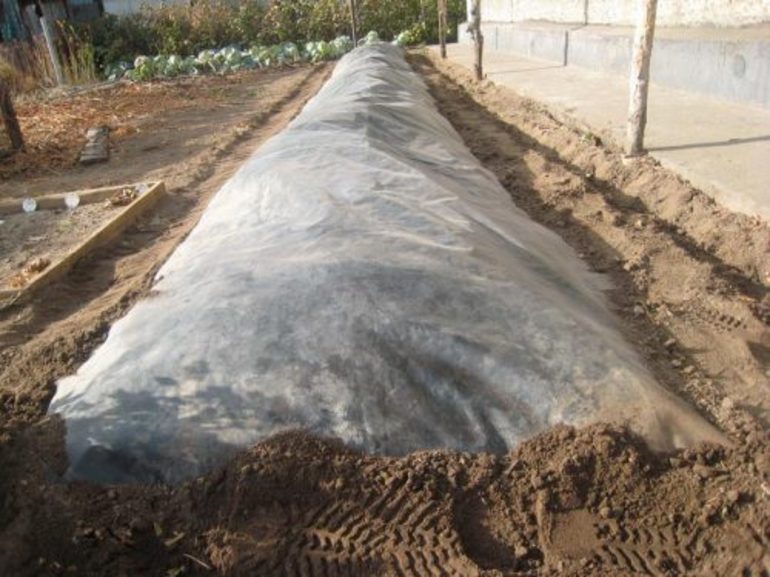
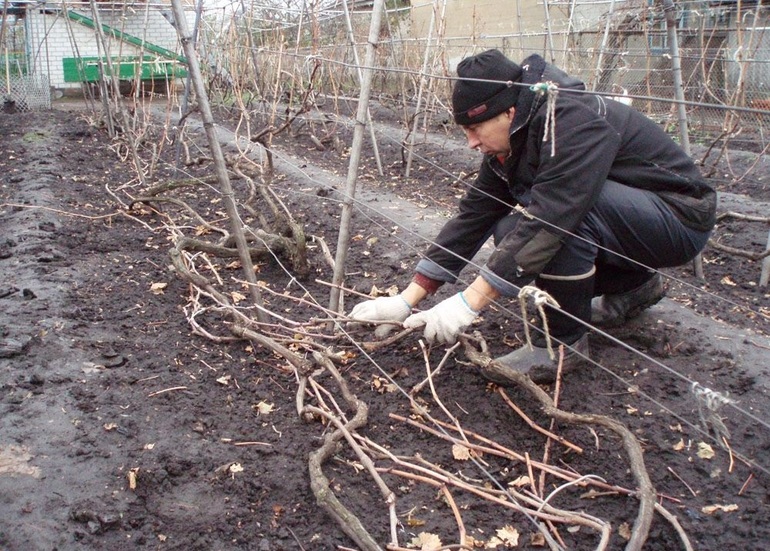
- Hilling, which is also called near-stem digging, is practiced in the warmest latitudes without preparatory pruning of the vine. In this case, all branches of the grape bush are collected in a single bundle, bent as close to the ground as possible, previously placing a plywood or slate sheet under the bottom, and buried, covering not only the lower part of the formed stem, but also the head of the shrub itself. The height of such a hill should fluctuate in the range from 10 to 25 cm, it is recommended that the soil be taken from the existing row spacing.
- Half-shelter is ideal for areas with a warm short winter, since it means dropping only the bottom of the plant with cover of its upper part using a film or any other frost-resistant material. It is not necessary to put grapes in this case. The thickness of its upper sealed layer should not exceed five centimeters, which will help to avoid the formation of a kind of greenhouse effect.
- Full wrapping is practiced in the coldest latitudes. In this case, simply tucking the bush at the base will not work, because there is a high probability of death of its upper part under the influence of severe frosts. Only full pruning, gathering into a common bundle and maximum attachment to the soil will help save the plant. After the manipulations are done, the grapes are covered using all kinds of materials and tools.
The choice of shelter also depends on the climatic features of the region in which the vineyard is grown. Currently in practice 3 grape wrapping methods, each of which has its advantages and disadvantages:
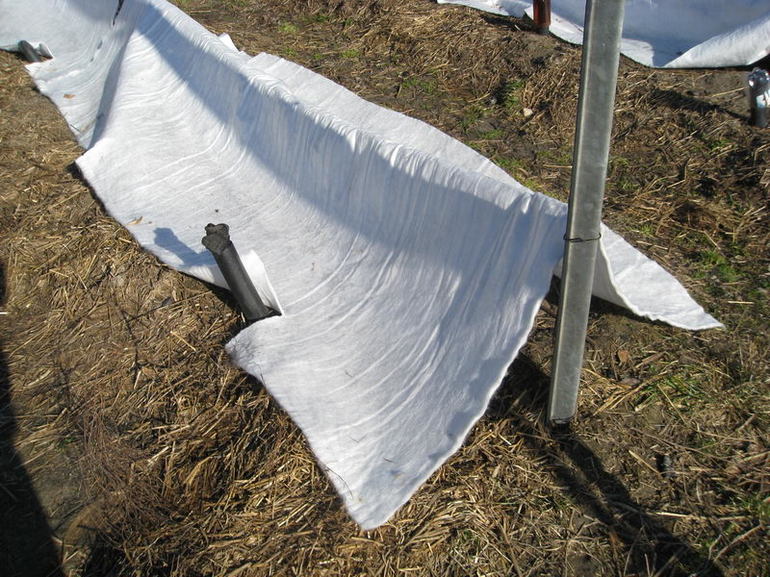
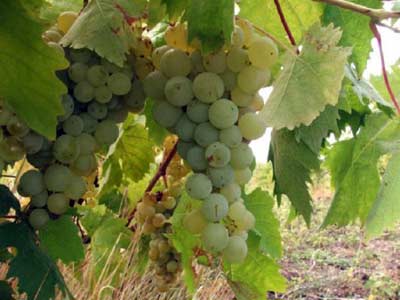 You may be interested in:
You may be interested in:- In regions with heavy rainfall, snow is used as a covering material, because under its dense infusion the grapes can perfectly wait for the cold. The exception is weak plants and young growth. They need special care with the use of additional materials for shelter.
- An alternative to shelter with snow is to dig up the earth from the aisles, which is used most often because of its simplicity, reliability and maximum savings in cash and time resources.
- Dry shelter involves the use of additional materials, among which it is worth highlighting slate and plywood sheets, all kinds of cardboard boxes and other improvised means. In this case, the bush is laid on top of the film, sprinkled with dry foliage, which helps to preserve heat, and is covered with material from which a kind of gable roof is formed.
Performance of work
In regions with a temperate climate, both full cover with earth and half-cover with film can be used, since both methods give approximately the same effect. Wherein It is recommended to adhere to the following algorithm of actions:
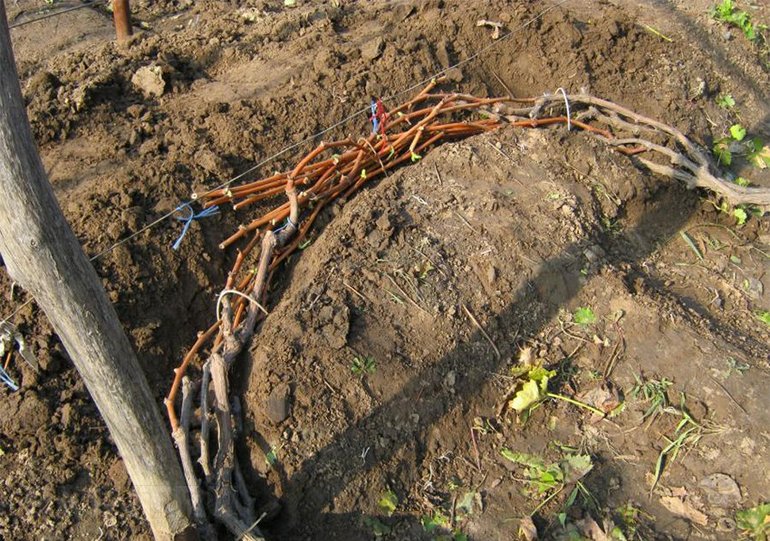
- When sheltering with earth, it is enough to simply dig out a small depression in the immediate vicinity of the plants and lay a bush in it, sprinkling it with earth.The thickness of the soil layer can vary from 15 to 50 cm, depending on the age of the shrub and the size of its root system. Land should be taken in such a way as to avoid exposing the roots of the vineyard, otherwise it will become even more vulnerable. The alternation of shelter layers is allowed when, in addition to the soil, dry foliage and straw are used, which is especially important for areas with a harsher and longer winter. To facilitate the opening procedure, these zones are marked with wooden or metal pegs.
- In warmer latitudes, you can use the film shelter of the vine. To do this, an auxiliary arc of a metal rod or thick wire is installed above the shrub, and a thick plastic bag is put on top of it. The lower part of the plant is sprinkled with a thick soil layer with a small depression to ensure air circulation and prevent the development of fungus. With the onset of the first frosts, the recess is completely covered with earth to prevent the access of cold air.
If you wish, you can experiment with materials using a denser glassy fabric, a greenhouse film, slate (when fully covered by the ground) and other universal construction waste.




 Non-covering winter-hardy grape varieties for Moscow region
Non-covering winter-hardy grape varieties for Moscow region How to keep the vine in winter
How to keep the vine in winter When can I transfer grapes to another place in the fall
When can I transfer grapes to another place in the fall How to cover and prepare grapes for the winter in the suburbs
How to cover and prepare grapes for the winter in the suburbs